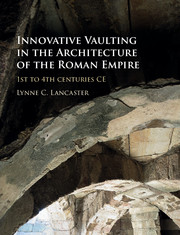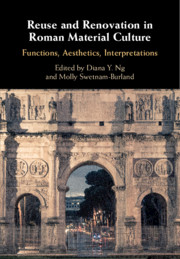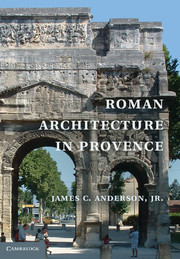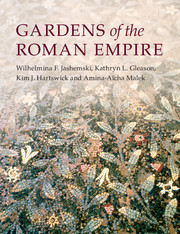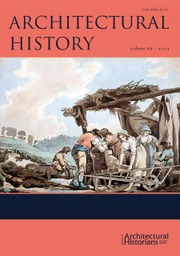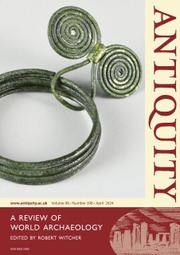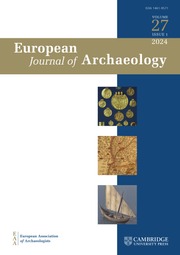Religious Architecture and Roman Expansion
Religious Architecture and Roman Expansion uses architectural terracottas as a lens for examining the changing landscape of central Italy during the period of Roman military expansion, and for asking how local communities reacted to this new political reality. It emphasizes the role of local networks and exchange in the creation of communal identity, as well as the power of visual expression in the formulation and promotion of local history. Through detailed analyses of temple terracottas, Sophie Crawford-Brown sheds new light on 'Romanization' and colonization processes between the 3rd and 1st centuries BCE. She investigates the interactions between colonies and indigenous communities, asking why conquerors might visually emulate the conquered, and what this can mean for power relations in colonial situations. Finally, Crawford-Brown explores the role of objects in creating cultural memory and the intensity of our need for collective history-even when that 'history' has been largely invented.
- Provides the first broad overview and analysis of 3rd-1st century BCE Italic architectural terracottas
- Offers new evidence and perspectives for ongoing debates related to 'Romanization,' colonization processes, and communal identities in 3rd-1st century BCE central Italy
- Shows how the evidence from 3rd-1st century BCE Italy can be used to better understand colonial situations across time and space, thus bringing the ancient evidence into dialogue with more recent historical situations and offering interpretative frameworks
Reviews & endorsements
'In this thoroughly researched and important book, Crawford-Brown addresses one of the most complex questions about one of the most transformative periods in ancient life: how did sociocultural practice change as Rome took control of Italia? In arguing for a multifaceted, un-centered invention of tradition, she lays a new path for the study of sacred sculpture, its creation and experience. A bonus is her success in explaining how terracotta remained a vibrant medium into the empire, despite the allure of marble, by harnessing a look back to both recent and long-distant pasts.' John North Hopkins, New York University
'Fragments of architectural terracottas are often difficult to interpret, yet they are instrumental for our understanding of much of ancient architecture. It is a pleasure to welcome Sophie Crawford-Brown to the group of international scholars studying architectural terracottas, a topic that has grown in many directions and one that presents challenges in presenting the material to scholars and students. Readers will be impressed by Crawford-Brown's meticulous research and the scholarly contribution of her study.' Ingrid Edlund-Berry, The University of Texas at Austin
'This book provides a much needed study of architectural terracottas, which have been almost completely neglected in otherwise vigorous recent debates over sociocultural change in Italy during the Republican period. Many artifacts discussed here have been gathering dust in museum storerooms, and Crawford-Brown does vital work by shining light on these objects, making them newly accessible to researchers. Not only that, but the author presents her subject in theoretically sophisticated ways, which will help center this material in future studies of empire's dramatic effects upon culture and identity. Crawford-Brown's study is sure to interest a wide group of art historians, historians, archaeologists, and scholars of material culture.' Seth Bernard, University of Toronto
Product details
March 2025Hardback
9781009445115
296 pages
253 × 177 mm
Not yet published - available from February 2025
Table of Contents
- 1. Introduction
- 2. Chronological uncertainties and the 'Romanization' tangle
- 3. The power of the past: conscious archaizing and the development of the 'standard temple kit'
- 4. Local identity and local networks: two case studies
- 5. Inventing history, inventing identity
- 6. Reframing and remediating: reception of architectural terracottas in the early empire
- 7. Conclusion.


